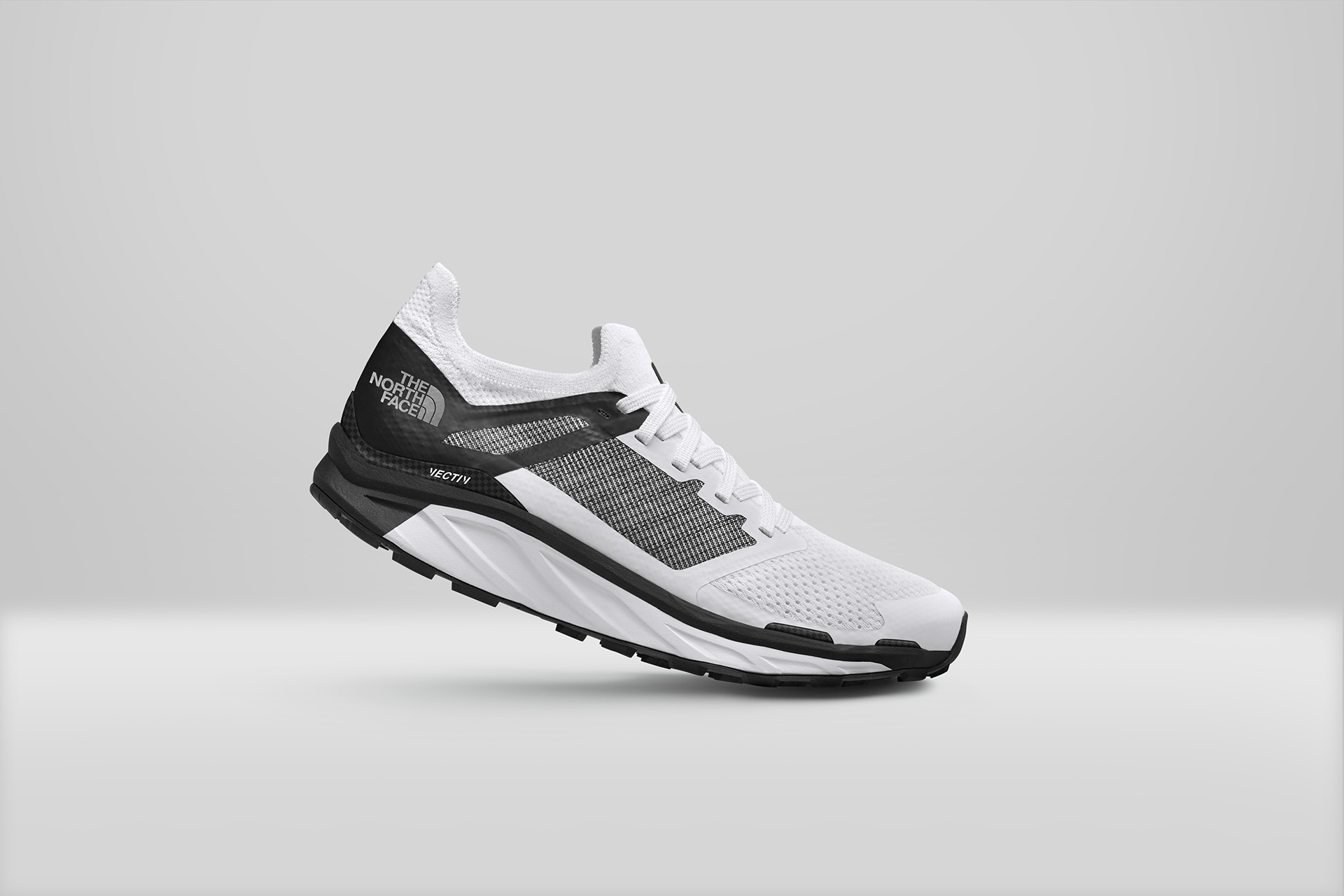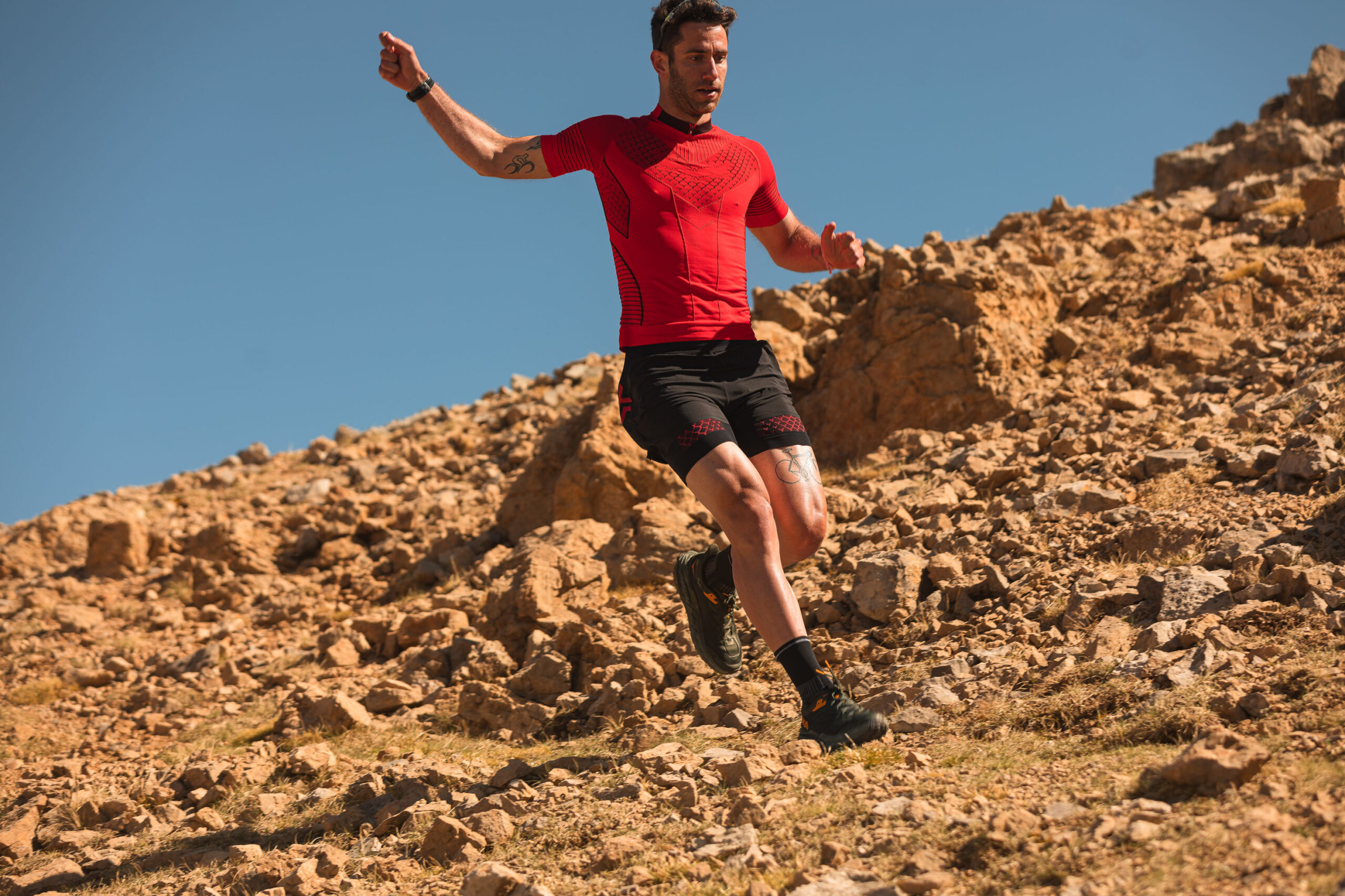The North Face Vectiv: a new technology
The North Face athletes enjoyed the technological benefits of the new Vectiv line of shoes in 2020, breaking more than a dozen records. Now everyone can try out this new technology which was released on 26th January.

“The inspiration began at the top of Mont Blanc in France,” says Steve Lesnard, The North Face global senior vice president of marketing and product. “Vectiv is designed to maximize energy on all types of terrain, propel you forward, allowing runners to run longer while reducing the impact on their bodies.”
With a research and development centre set up in the heart of the Alps, more than 6,000 miles of testing on athletes and extensive research in the labs have succeeded in developing Vectiv’s carbon fiber Flight system that reduces impact on descents by 10%, Vectiv’s goal remains to give trail athletes more energy return and propulsion, whether uphill, downhill or on highly technical terrain.
Michael Thompson, The North Face senior product director of footwear, says the Vectiv’s design starts with the plate positioned under the foot. “The plate gives you lateral and forward-backward control,” he says, “and creates propulsion at the end of the stride.” The middle layer of cushioning can be adjusted for different levels of rebound and cushioning, depending on your needs, and the final layer, the outsole, has new surface control technology with a combination of lug patterns and compounds designed for the trail.
The North Face, long known for its outerwear technology, such as the breathable and waterproof Futurelight fabric that debuted in 2019, has now sought a new approach for the footwear side. Starting with studies conducted during the UTMB race through the Alps, Lesnard claims that 40% of runners manage to complete the race with less muscle fatigue than other competitors.
“This led us to the solution of making it even easier for our athletes by harnessing our Vectiv technology that transforms energy into forward momentum,” Thompson concludes.



